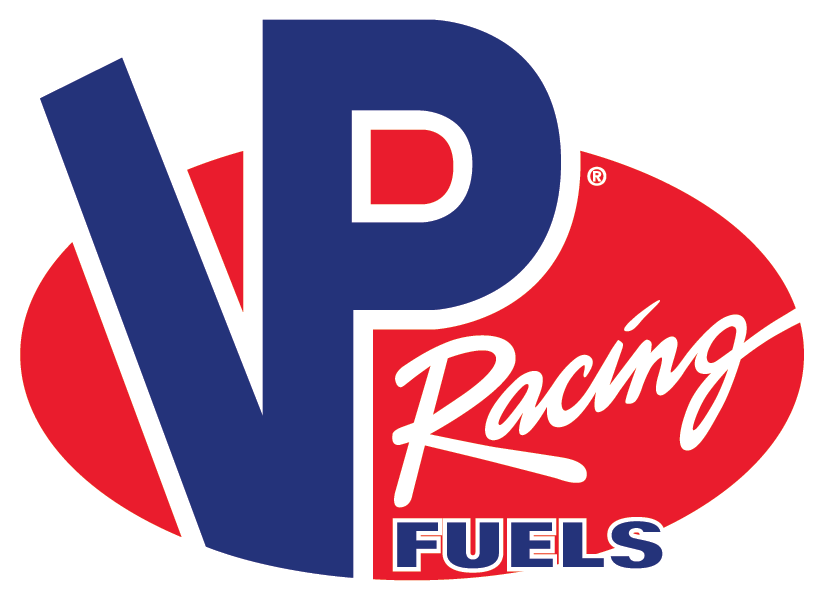Bentley’s 1924 victory summoned increased international interest in the 24 Hours.
W.O. Bentley himself entered a factory car. Sunbeam enrolled a pair of OHC 2-liter tourers for Sammy Davis, 1922 TT winner Jean Chassagne plus American-born Henry Segrave and future Bentley Boy George Duller. Italy sent a quartet of Diattos and three potent 2-liter side-valve OM (Officine Meccaniche) 665Ss. In blue there was the usual contingent from 1923 winners Chenard-Walcker, La Lorraine and a lone Chrysler “70”, the first all-American car to appear at the 24 Hours. In all, 68 entries were received.
Spectator turnout nearly trebled and the whole affair had, in just two years, taken on a fine holiday atmosphere. A team of slide rule wielding British fans crossed the channel and took up 24-hour positions on Mulsanne to record each lap time and every lap, presaging the British Le Mans spectator invasion of the 1960s.
The sweltering solstice weather encouraged the crowd to don all sorts of resort costumes including Plus Fours and pith helmets and the stylish new eyeglasses with tinted lenses. The potent holiday mood was dampened during Saturday morning’s warm-up when Andre Guilbert crashed heavily in his Ravel. Le Mans had its first fatality.
Le Mans organizers continued to fiddle with the rules. One new paragraph changed the character of the race forever, compelling all drivers to run across the road to their cars, erect the folding tops and side curtains and, only then, start the engines.
Winner of the 1924 24 Hours Capt. John Duff’s Bentley was first away from the new starting line near the hippodrome at Hunaudieres. The organizers had not been able to come to terms with the owner regarding new grandstands at the regular Les Raineries start/finish line at on the road to Pontlieue. As they had in 1924 fans in the impressive new hippodrome grandstands gave John Duff a peal of applause for his rapid work with the Bentley’s high technology top and side curtains.
The Sunbeam of grand prix star Henry Segrave was the sixth cars to leave and the crowd was stunned, ten minutes later, to see Segrave lead the first lap in the screaming green two-liter Sunbeam.
Ken Moir (works Bentley) was possessed and pursued the Sunbeam with the sort of enthusiasm that would not be out of place in a contemporary Le Mans first hour grand prix. Capt. Duff made it British cars one-two-three at the end of the first lap.
After two hours of relentless pursuit Ken Moir shoved his Bentley past Segrave’s Sunbeam just past six o’clock only to have the American-born grand prix driver practically attach himself to the Bentley.
The Sunbeam was running close with two wheels constantly in Moir’s considerable dust wake, probing regularly to regain the lead.
Moir finally slowed when the cap on the oil level overflow pipe disappeared. Segrave went back into the lead while Moir fitted an improvised Vichy water bottle top and made for the pits.
But the fast running battle between Segrave and Moir with the tops deployed put the lead Bentley out of the race with higher than expected fuel consumption. At sunset both Bentleys were missing: Rellingly Moir had run out of fuel just outside the 20-lap minimum for fuel, lubricant and coolant replenishment.
Grand Prix tactics had entered the Le Mans play book. Moir’s fraught race with Segrave’s Sunbeam had simply used too much fuel, and the rules compelled the number-ten Bentley to retire after 19 laps.
Worse, John Duff’s Bentley had stopped at the other end of the circuit near Pontlieue with a cracked fuel line. The good Captain ran back to the Bentley pits through the woods, seized a replacement and vanished into the night. A half-hour later Duff returned for permanent repairs. He returned to the course five laps — over 50 miles — in arrears.
Then young Marius Mestivier died almost instantly when a front brake locked and pitched his 1100 cc Amilcar off the road at Mulsanne on his 18th lap. Le Mans had its second fatality and dusk was hours away. George Duller had taken over from the heroic Segrave only to retire with clutch problems after 32 laps. The British battle for Le Mans evaporated quietly in dark.
At the half way mark at 4:00 A.M. the Lorraines of De Courcelles/Rossignol and Stalter/Brisson led to the bleary delight of the crowd: Nearly half the spectators had stayed on during the night to ear, drink and celebrate the Jazz Age with all the energy and style they could muster.
French cars led at dawn with the surviving Sunbeam third, three laps down. Duff and Clement were sixth, seven laps off the pace of the leading Lorraine-Dietrich twins. An hour later Jean Chassange had retrieved a lap and split the L-Ds for second with his two-liter Sunbeam.
Nearly 60 per cent of the 49 starters survived the night including the lone Chrysler of Desvaux and Stoffel which had run with the almost monotonous regularity of the remarkable record set on the high banked boards of Fresno, CA when the Chrysler covering 1,000 miles in 786 minutes.
With three hours to race the field was cut to 25. By 4:00 P.M. only 19 cars were running. The number-seven Chrysler raced 2032 kilometers and was sixth on the road but had not covered the minimum distance required for the over 3-5 liter class.
De Courcelles and Rossignol covered a record 129 laps in their winning Lorraine-Deitrich B3-6. Sammy Davis and Jean Chassagne won the two-liter class with a fine second overall four laps back in their Sunbeam.
The first and last Tri-annual Cup went to the 1100 cc. Senechal-Locqueneux. The lumpy Chenard-Walcker “tank” that was classified 13th.
Le Mans had instituted its signature start and suffered its first fatalities. The appearance of the Italians and the lone Chrysler invested the race with an international flavor that had been absent.
More spectators, many speaking English, and a vivacious party atmosphere set Le Mans’ course as something more than a mere tool for the improvement of the touring car. The abandonment of the Tri-annual Cup was fine evidence that a single Le Mans victory was an achievement of sufficient engineering and commercial gravity to stand alone.
That and the fact that the fans were unwilling to wait three years to anoint a winner. They liked the thrilling new starting procedure as well, and called it the Le Mans start to illustrate a knowledgeable affection for Les Vingt-Quatre Heures.
After the flowers had been thrown and the champagne consumed several senior ACO officials called upon the gentleman who owned the land near the traditional start/finish line at Les Raineries and made him a firm offer. He accepted.










